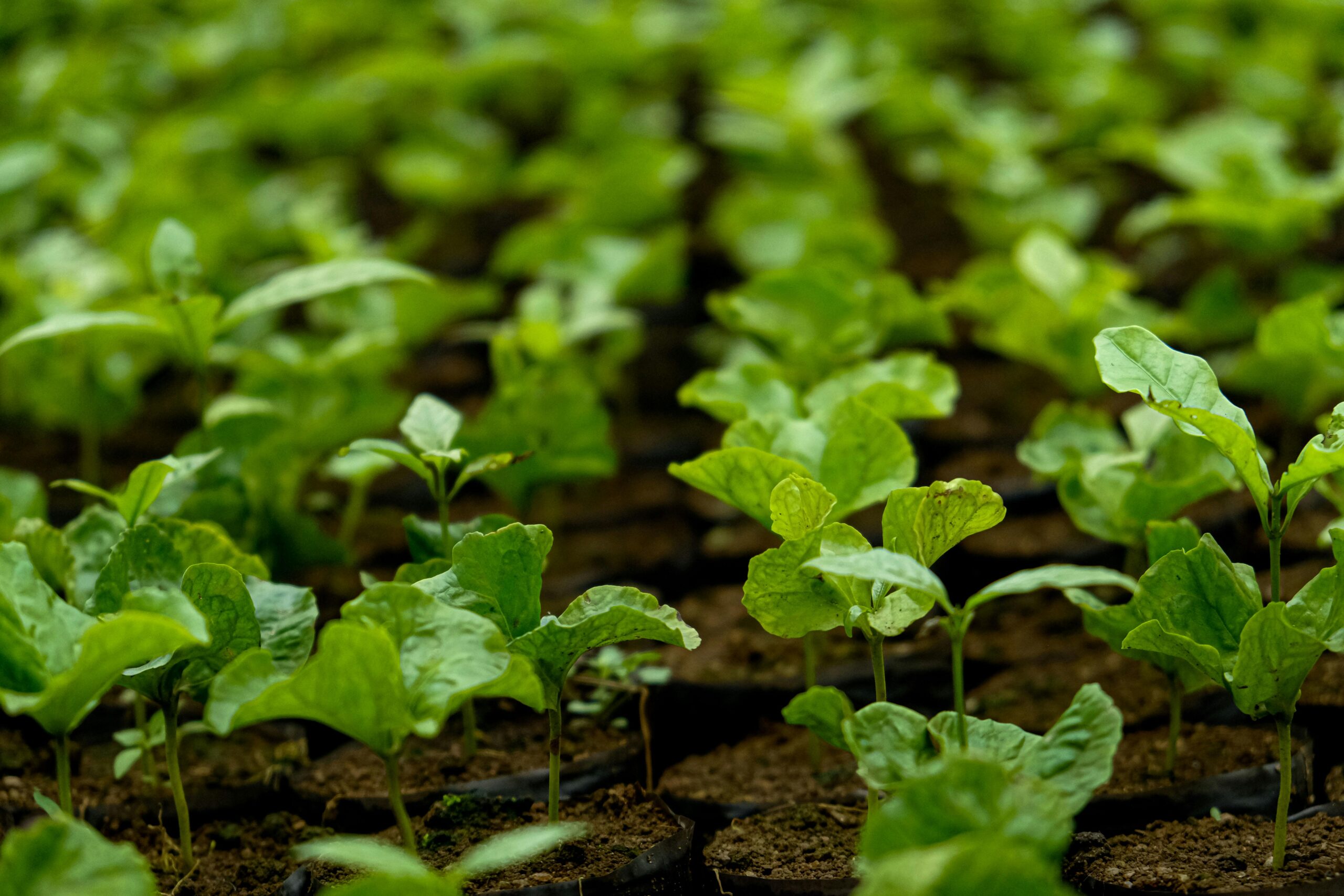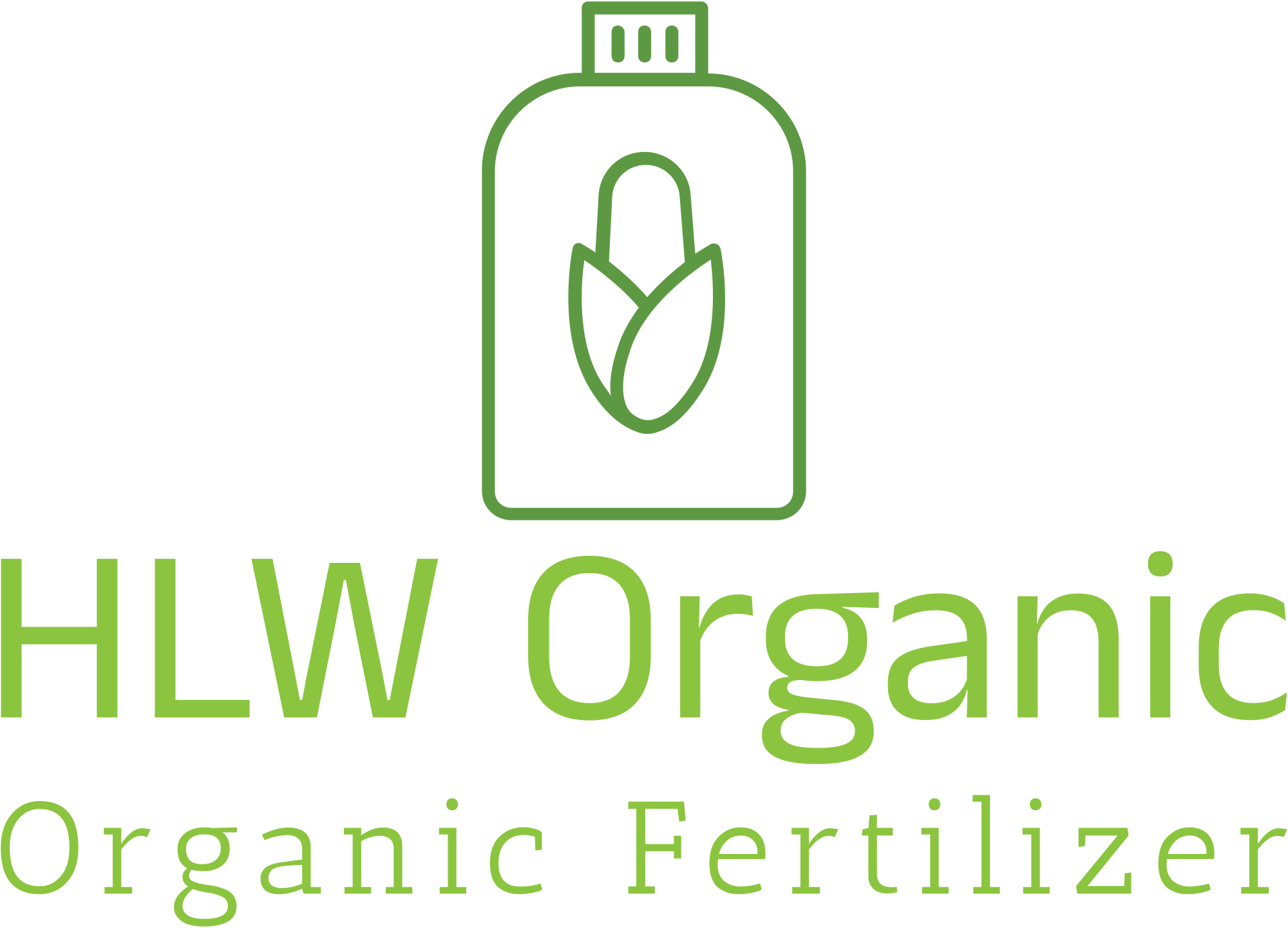Beautiful Plants For Your Interior

Ratio and method of irrigation and fertilization
(I) Base fertilizer and topdressing
- Base fertilizer
- Dosage: 2-3 kg per acre, mixed with organic fertilizer or compound fertilizer and spread before ploughing, suitable for field crops (corn, wheat) and fruit trees.
- Note: Avoid direct contact with seeds, and keep a distance of 5-10 cm to prevent seedling burning.
- Topdressing
- Flush/drip irrigation:
- Field crops: 200-300 g per acre each time, diluted 500-800 times (pH 9-11 needs to be fully diluted to prevent precipitation), and the interval is 10-15 days.
- Fruit trees: 1-2 kg per acre each time, used in combination with high phosphorus and potassium fertilizers (such as potassium dihydrogen phosphate), and increased to 3 kg/acre during the fruit swelling period.
- Furrow/hole application: When planting fruit trees or vegetables, 20-50 g per plant, mixed with soil and applied around the root system.
(II) Foliar spraying
- Dilution ratio:
- Alkaline soil crops (such as tea trees and tobacco): dilute 5000-8000 times (pH 9-11 needs to reduce the concentration to prevent burns).
- Sensitive crops (such as cucumbers and strawberries): dilute more than 10,000 times and spray with boron and zinc fertilizers.
- Frequency: Spray once every 7-10 days during the growth period, focusing on the back of leaves and tender parts.
Key points
- Soil adaptability
- Priority is given to alkaline/salinized soils: soils above pH 7.5 have significant effects, and acidic soils (pH<6) need to be improved with sulfur or organic acids before use.
- Avoid mixing with acidic fertilizers: such as ammonium sulfate and superphosphate, to prevent neutralization reactions from reducing fertilizer efficiency.
2. Water quality impact
- Hard water areas (high calcium and magnesium ions): The dilution time needs to be extended and filtered to prevent calcium and magnesium from combining with humic acid and precipitating to block the drip irrigation holes.
- Saline-alkali water irrigation: it is recommended to test the water quality first and pre-treat it if necessary.
3. Crop sensitivity
- Sensitive crops (such as rice and rapeseed): the dosage should be reduced during the seedling stage (basal fertilizer should be halved) to avoid inhibiting tillering or flowering.
- Crops with damaged root systems (such as continuous cropping tomatoes): Use seaweed or microbial agents to repair the root system
Typical application scheme
| Crop Type | Base fertilizer (kg/acre) | Topdressing (g/acre/time) | Foliar spray (dilution multiple) | Critical period |
| Apple trees | 3–4 | 1–2(fruit swelling period) | 5000-8000 | Before flowering, fruit swelling, color change |
| Greenhouse tomatoes | 2–3 | 200–300 | 8000-10000 | Seedling stage, flowering and fruiting stage |
| Sandy loam corn | 2 | 300 | 10000 | Seedling stage, tasseling stage |
| Salinized greenhouse cucumbers | 1–2 | 200 | 10000 | After planting, fruiting stage |
Suggestions for synergistic combination
- Use with microbial agents: activate beneficial soil bacteria and enhance nutrient conversion efficiency.
- Combined with humic acid to chelate trace elements: solve nutrient deficiency (such as apple leaflet disease).
- Superimposed with seaweed polysaccharides: improve stress resistance, especially under low or high temperature stress.
Summary
This high-purity potassium humate is suitable for improving alkaline soil, salinized plots and crops with high potassium requirements. The application plan needs to be adjusted according to soil pH, crop sensitivity and water quality. It is recommended to combine the “three-in-one” strategy of long-term soil improvement with base fertilizer, fast-acting potassium supplement with topdressing, and rapid response of foliar spraying to achieve the dual goals of soil health and high crop yields.
